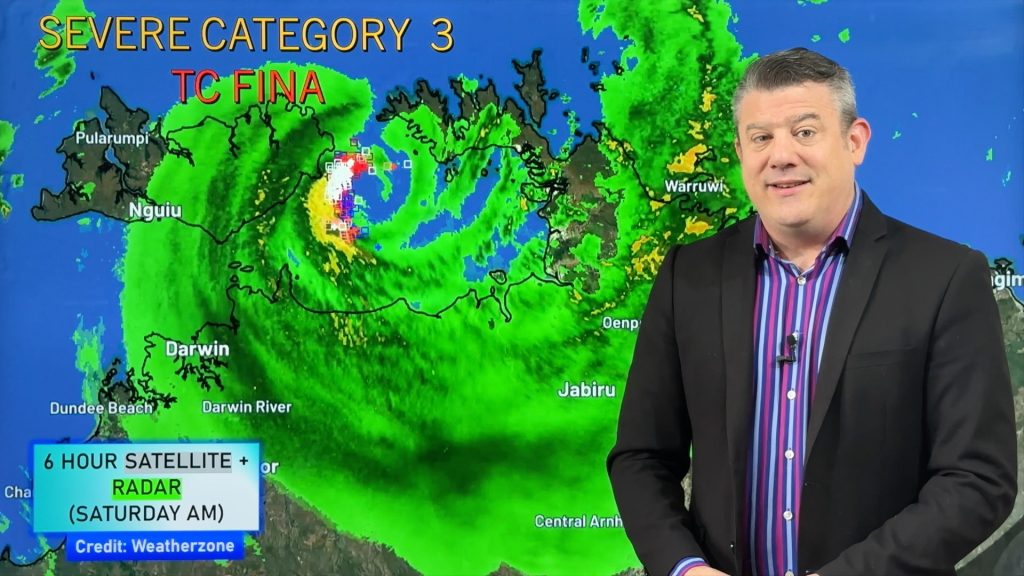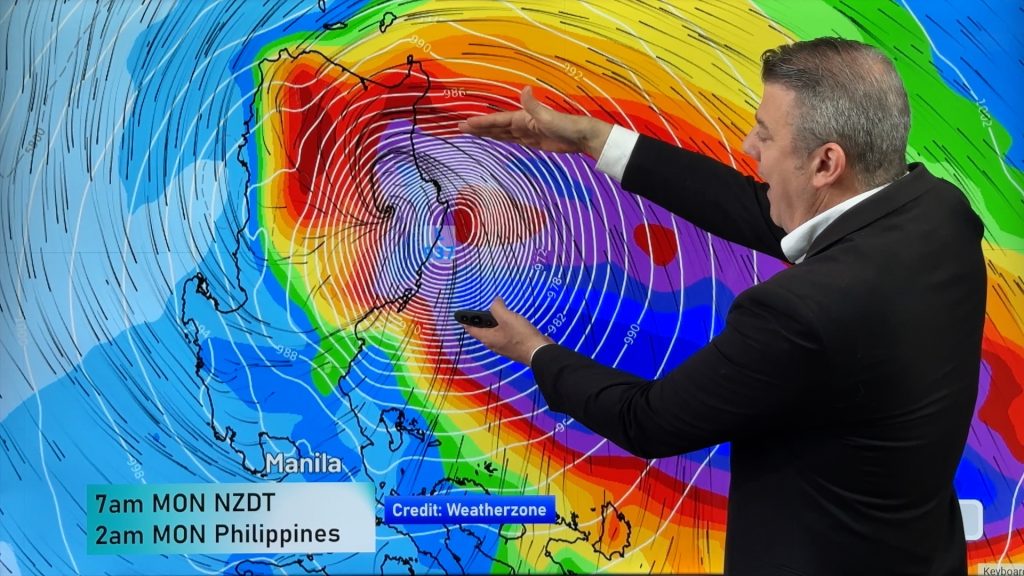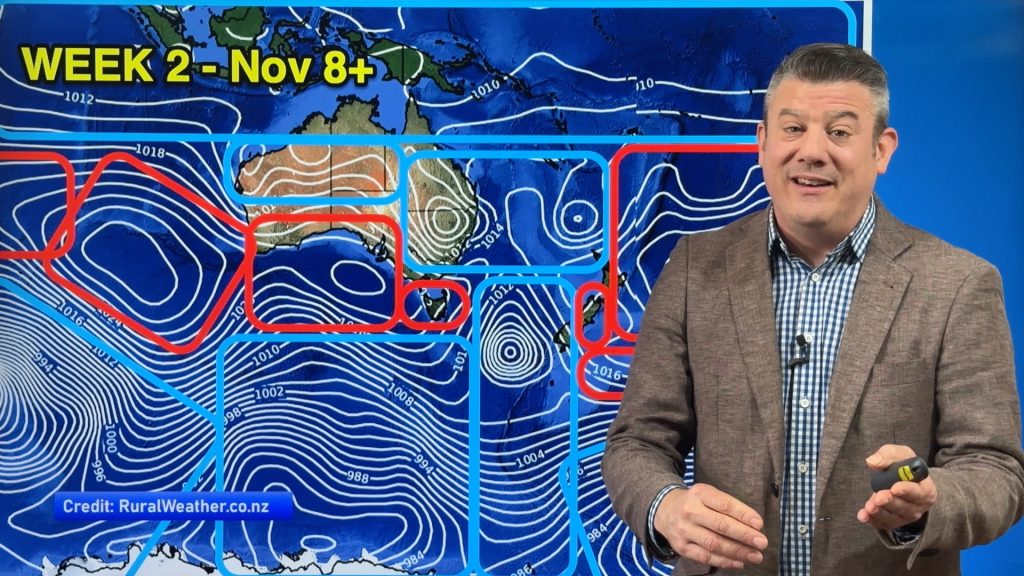
> From the WeatherWatch archives
Orbital debris, or space junk, is any man-made object in orbit around the Earth that no longer serves a useful purpose.
Space junk can be bad news for an orbiting satellite. On February 11, 2009, a U.S. communications satellite owned by a private company called Iridium collided with a non-functioning Russian satellite.

Space Junk at a low orbit around earth
The collision destroyed both satellites and created a field of debris that endangers other orbiting satellites.
“Though the black dots that represent objects in space swarm around the Earth, obscuring the surface in the lower image, the space junk situation is not as dire as it may appear.”
To minimize the risk of collision between spacecraft and space junk, the U.S. Space Surveillance Network tracks all debris larger than 10 centimeters.
The two images above represent all man-made objects, both functioning and useful objects and debris, currently being tracked.
Though the black dots that represent objects in space swarm around the Earth, obscuring the surface in the lower image, the space junk situation is not as dire as it may appear. The dots are not to scale, and space is a very big place. Collisions between large objects are fairly rare.
The orbit of each piece is well known. If any debris comes into the path of an operating NASA satellite, flight controllers will maneuver the satellite out of harm’s way.

Space junk at a high orbit above earth
– earthobservatory.nasa.gov / Weather.com
Comments
Before you add a new comment, take note this story was published on 17 Sep 2009.





Add new comment
Glenis on 17/09/2009 11:29pm
What an awful eye opener, I had no idea there was so much – who do we think we are?! Surely there is a way of cleaning it up? If not, there should be! It may be a silly idea….but if the junk is mainly metal based, perhaps a magnetic junk collecting device could be developed and sent on regular orbits to retrieve the waste….before the problem worsens.
Reply
Auckland Guest on 17/09/2009 8:51pm
so humans are now polluting outer space as well as the earth!
Reply
Rob on 18/09/2009 12:02am
That is true about polluting space. If we could see it all we would be horrified and there might be more protests.
It is not so obvious because (a) many pieces are quite small, though at orbital speeds a small piece of junk could be very damaging to another satellite including the shuttle or space station (b) even those which are big enough to be visible are generally in such orbits that we can only see them when it’s dark on earth but sunlight is still shining on them, about two hours before and after sunset, and binoculars are needed to see many of them.
There is something flying above our skies every few minutes, sometimes several items simultaneously in various directions and at various altitudes.
Another issue is that most satellites are left to de-orbit in the course of time, Most parts burn up in re-entry but often remains of satellites that are deliberately de-orbited end up at the bottom of the ocean- and who knows if some might have toxic residue in them, and/or or they may do damage to sub-ocean marine life? Some pieces however end up on land, it is relatively unlikely but not impossible that something could land on a populated area. For example the rocket which had launched the HTV capsule to the Space Station passed directly over New Zealand only a few hours before the rocket re-entered in a harmless location, and the re-entry location was uncontrolled and not precisely predictable.
People will no doubt recall the recent scare when a spy satellite was due to de-orbit owing to a problem after launch and it was literally “shot to pieces” allegedly because of the risk of hydrazine release on earth. The destruction of this satellite also resulted in a whole lot of small pieces spreading through space, most of these pieces now have re-entered- and where did the hydrazine go?
This raises another issue which does not appear (conveniently for those concerned?) to have been looked into very much which is the effect if any on the space environment of orbital adjustments involving burning toxic chemicals or releasing unburnt ones where the fuel is no longer required or needs to be jettisoned for some reason.
Sites where you can track satellites,space junk etc: http://www.heavens-above.com http://www.calsky.com
Reply
Rob on 18/09/2009 2:13am
small but important correction in second paragraph: “before sunrise and after sunset…”
also if you dare check these maps of orbital debris http://www.orbitaldebris.jsc.nasa.gov/photogallery/beehives.html#polar
and from the same source if you want further reading from the officials in relation to this subject you can check the Orbital Quarterly Debris News at http://www.orbitaldebris.jsc.nasa.gov/newsletter/newsletter.html
Reply